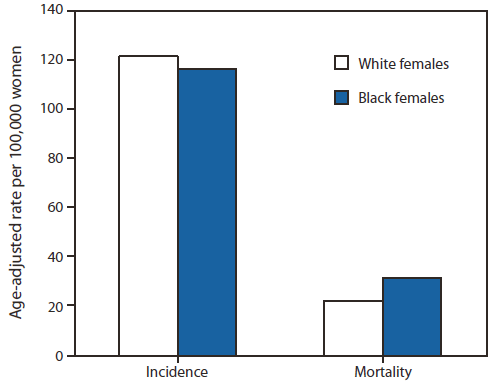
The bulk of childless females aged 35 to 45 have felt stigmatised for
waiting around right up until afterwards existence to commence a family, a survey has identified.
Pals and relatives were cited as the best source of force on females
to have young children, with 60% of females in this age bracket feeling judged for
not getting moms.
Some forty% explained they had been way too humiliated to discuss about fertility, in the meantime,
and the majority did not really feel cozy discussing the issue with loved ones
members and pals.
The results by Infertility Network Uk prompted a warning that women fears
of becoming judged have been protecting against them from searching for therapy.
Tim Youngster, health-related director at the Oxford Fertility Device at the University of
Oxford, stated: Many couples are leaving it as well prolonged prior to talking about their
fertility choices with a healthcare specialist.
With new and ever more effective possibilities for therapy turning into offered,
it is extremely crucial that girls and their companions follow direction on
seeking prompt tips from their GP or a fertility professional if they are
worried about their fertility.
Patients need to also be conscious of the decision they make when they hold off attempting
to conceive and the affect this can have on the possibilities of natural
conception, as properly as the therapy they are entitled to beneath the NHS.&rdquo
In accordance to the Infertility Network, girls nonetheless consider up to two several years a
standard waiting around time period ahead of seeing a GP about infertility, whilst a increased
proportion of more mature girls would wait around even for a longer time.
The investigation also located that of these females who experienced previously been through
fertility therapy, nearly fifty percent (forty six%) had waited 4 months or lengthier
ahead of a clinical evaluation and nearly a third (29%) waited over a year
before receiving any remedy.
Clare Lewis-Jones, chief government of the charity, said: We require to advertise a
much more open up discussion about fertility&hellip
Feelings of humiliation and becoming judged are eventually protecting against some
women
Searching for the help they require for their fertility problems With funding from the pharmaceutical business Merck Serono, the charity
surveyed 500 girls nevertheless seeking young children, like those going through
fertility treatment and individuals nonetheless hoping to discover the correct spouse with
whom to have a household.
Around a single in 7 heterosexual partners in the United Kingdom is explained to be affected by
infertility.
The greatest lessen in fertility commences when a female is in her mid-30s,
physicians say.
But a survey previous thirty day period identified that practically a fifth (19%) of females aged forty to forty five
are nevertheless steering clear of searching for fertility advice.
Previously this year, the Countrywide Institute for Wellness and Scientific Excellence up to date
its recommendations on fertility therapy so that childless partners now only
have to try out to conceive for two several years alternatively of 3 prior to acquiring IVF
on the NHS.



 Black women are dying of breast cancer at a much more aggressive rate than white women—and a new study finds that disparities in healthcare are to blame.
Black women are dying of breast cancer at a much more aggressive rate than white women—and a new study finds that disparities in healthcare are to blame.


 Dressed in a green surgical gown and cap, British restaurateur Rekha Patel cradled her newborn daughter at the Akanksha clinic in northwestern India as her husband Daniel smiled warmly, peering in through a glass door.
Dressed in a green surgical gown and cap, British restaurateur Rekha Patel cradled her newborn daughter at the Akanksha clinic in northwestern India as her husband Daniel smiled warmly, peering in through a glass door.
 Children born to mothers under 30 are more likely to die than those born to older mums, a report on child deaths in the UK suggests.
Children born to mothers under 30 are more likely to die than those born to older mums, a report on child deaths in the UK suggests.